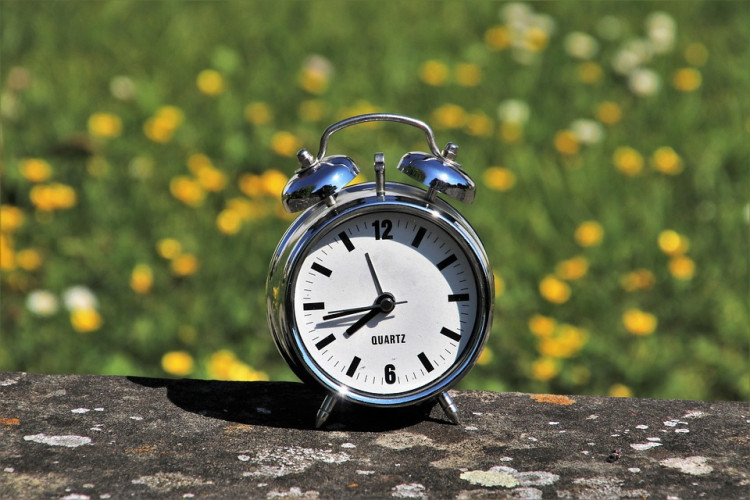Most Americans will gain an extra hour of sleep when Daylight Saving Time ends at 2 a.m. on Sunday, November 2, 2025, as clocks move back one hour across the country. The annual ritual will bring earlier sunsets and darker evenings - and reignite debate over whether the century-old practice still makes sense in modern life.
The biannual clock change, which affects nearly every U.S. state except Hawaii and most of Arizona, remains one of the few national routines that draws near-universal frustration. Once hailed as a wartime energy-saving measure, it has become the target of health advocates and lawmakers who argue the practice disrupts sleep, increases health risks, and offers no measurable economic benefit.
Health experts have been the most vocal critics. Research published in the Journal of Clinical Sleep Medicine links clock changes to spikes in heart attacks, strokes, and mood disturbances, citing the body's struggle to adjust to abrupt shifts in daylight exposure. The American Academy of Sleep Medicine, joined by the American Medical Association and National Sleep Foundation, has called for the country to adopt permanent standard time, which scientists say aligns better with natural circadian rhythms.
A 2025 Stanford University study found that making standard time permanent could prevent 2.6 million obesity cases and 300,000 strokes nationwide, benefits that daylight saving time did not fully match.
Daylight saving time originated in March 1918 under the Standard Time Act, introduced during World War I to conserve fuel. Though repealed after the war, it returned in 1942 under President Roosevelt's "War Time" order and became standardized under the Uniform Time Act of 1966. In 2005, President George W. Bush extended it by a month on each end - meaning the United States now spends eight months a year on daylight time and only four on standard time.
The political movement to abolish clock switching has gained momentum but little traction. The Sunshine Protection Act of 2025, sponsored by Sen. Martin Heinrich (D., N.M.), proposes making daylight saving time permanent. Heinrich called it "a no-brainer," adding that it would bring "more sunshine and less clock changing." Yet both the House and Senate versions remain stalled in committee, with GovTrack estimating less than a 5% chance of passage.
The U.S. has experimented with permanent daylight saving time before - most notably between January 1974 and April 1975 - but Congress reversed the move after parents complained that children were walking to school in pre-dawn darkness. To date, 18 states have passed laws favoring permanent daylight time, but federal approval is still required before any can take effect.
Globally, the U.S. is increasingly in the minority. Only about one-third of countries still observe daylight saving time, primarily in Europe. Nations such as Russia, Turkey, Jordan, and Uruguay have abandoned the practice, and in 2018, the European Parliament voted to end the time change altogether after 84% of citizens supported abolition. Implementation, however, has been delayed as EU states debate whether to adopt daylight or standard time year-round.






